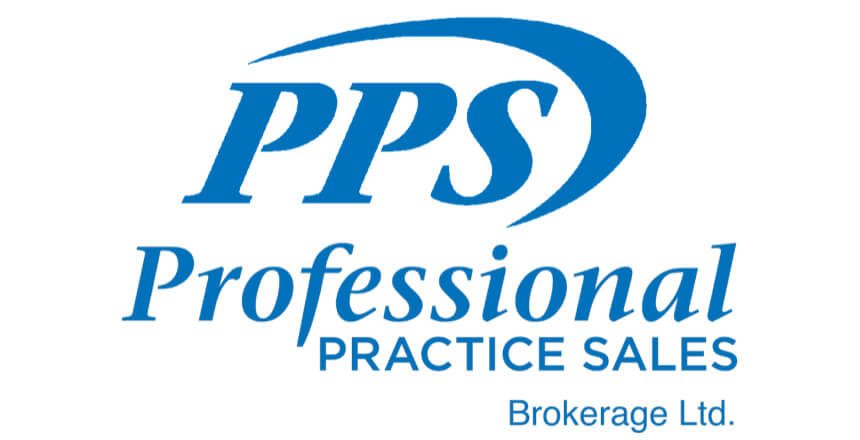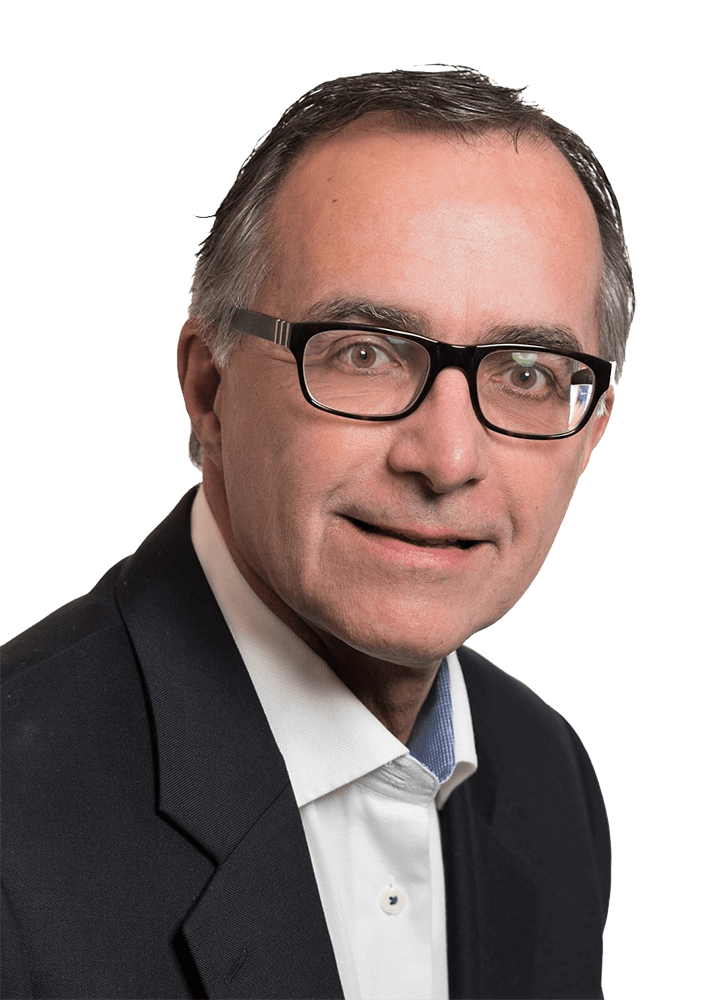
This issue of The Professional Advisory marks our 10th anniversary. All of the contributors have agreed that this is an opportune time to take a look back at what has changed since we began publishing the P.A. in May of 2001.
Ten years ago in Volume 2, Professional Practice Sales (PPS) indicated that Patients and Profit were two of the core value drivers in a dental practice. This is still true today. One change has taken place with respect to profit. Dentists can now incorporate. Thus, we use the 15.5 per cent tax rate as opposed to the personal tax rate of up to 46 per cent that applied ten years ago. The result is that there is more money left over after taxes which makes the practice more valuable. This means that the purchaser must incorporate to afford to purchase the practice regardless of purchasing assets or shares. The debate over lower corporate tax rates is raging right now as a contentious issue in the federal election. They are certainly at historical lows and have had a positive impact on practice value. It is not possible to predict what may happen on this front in the future. We are confident however that a strong patient base and good bottom line will continue to be core value drivers long into the future.
In Volume 5 PPS advised that Baby Boomers may well come on the market together but demand would be high and values would not be reduced. This has proven to be correct as Baby Boomers are selling dental practices today and the prices have never been higher. We still hear dentists with concerns about an oversupply of practices creating a glut on the market. Our position is still the same; run your practice as efficiently as you can and focus on your patient base and the value of the practice will take care of itself.
Creating value in your practice through balance was discussed in Volume 6. This central value driver was reiterated in Volume 45 last year. It has not changed in 10 years and is not predicted to change in the future.
10 years ago we did not sell practices to investing dentists. Now, this group of purchasers forms a large percentage of the sales that are made of larger practices. Most often the vendor is asked to stay on for a longer than usual transition such as 3 -5 years. This is an ideal way for someone who wants to transition out of the day to day responsibility of the practice but still wishes to practice dentistry, perhaps on a reduced schedule. This phenomenon was discussed in detail for the first time a couple of years ago in Issue 39.
Recently, some of the investing dentists we deal with have expressed interest in buying multiple dental practices and merging them together to take advantage of the economies of scale. There is also interest from this group in purchasing practices that are out of the traditional “high-demand” areas around major metropolitan centres. This is evidence that the natural selection process is taking place and that there is resistance to some of the unrealistic prices some vendors are expecting in the big cities. We believe this trend will continue as buyers discover the strength of dental practices in smaller centres. The subject of “Dentistry outside the big City” will be the topic of an upcoming issue in The Professional Advisory.
Another noticeable change is the last 10 years is where dentists choose to set-up. You seldom see set-ups in low visibility professional or office buildings anymore. Most often, new set-ups are in high visibility strip malls, or other retail type locations. Those that do set up in low visibility locations either have a particular skill that will draw in patients or they have a community that they will serve that is not location dependant. Otherwise they will have a very tough time competing with the higher visibility locations. Does this mean that all of the dentists who are in professional buildings should relocate to strip malls? Categorically no! There is still demand from buyers for good practices located in professional buildings. In fact, many younger dentists relish the opportunity of working regular business hours. For those practices, it is very important to have a “patient-centred practice as it is your existing patients that will bring in your new patients.
We hope you have enjoyed the last 50 issues of The Professional Advisory, and we look forward to providing you with timely and relevant information for many years to come. All of the articles referred to here are available on our website noted below.
We also want to take this opportunity to thank our long standing editor and contributor, Dr. Ralph Crawford. In addition to making sure we write in proper form, Ralph manages to tie the thoughts of our group together in a way that humanizes our articles and underscores their relevance for dentists. Thanks Ralph!

